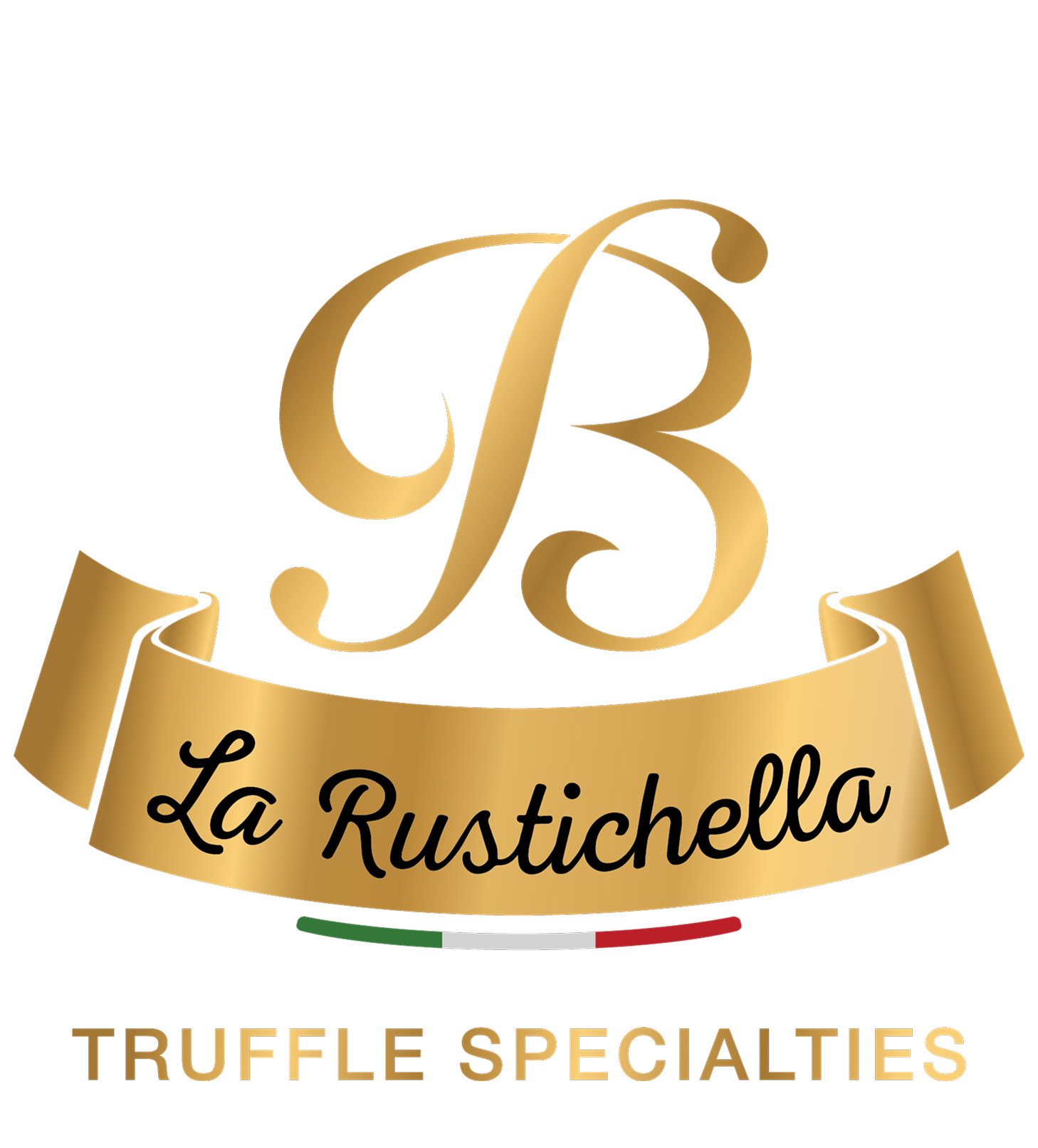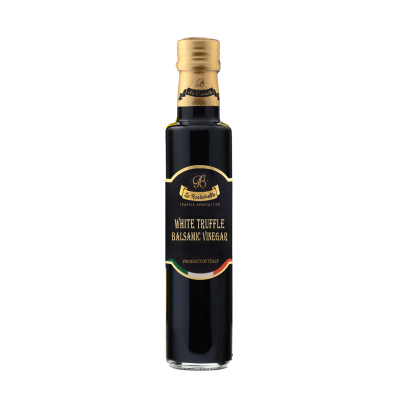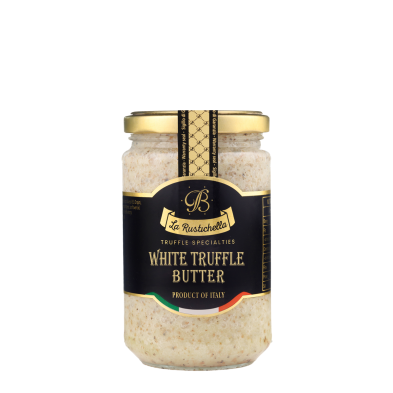DESCRIPTION
Also known as “Tuber Magnatum Pico,” it is one of the world's most prized truffles and is often referred to as the “diamond of the kitchen.”
It is the most prized species of truffle, the most coveted and also very expensive, considering its rarity.
This gastronomic delicacy is widely appreciated for its intense aroma, delicate flavor and smooth texture.
It cannot be cultivated (all attempts have yielded disappointing results), to be born and develop it needs soils with special characteristics: they must be soft and moist, rich in calcium, very aerated and be no higher than 600 m above sea level.
In Italy, finding soils that perfectly meet these parameters is not easy. The absolute best suited to this type of truffle are southern Piedmont (most famous is the town of Alba White Truffle, where the very famous White Truffle Fair is held every year, attracting fans from all over the world), followed by some areas of Umbria, Tuscany and Marche (Acqualagna White Truffle is also famous). Because of this the white truffle is the most expensive and difficult to find.
To find it, one must rely on the tradition and experience of the trifolao (truffle hunters) who guard the “maps” of their treasures jealously. The search takes place only at night, with dogs trained for years to recognize the truffle even at meters deep.
All these characteristics, added to its very short seasonality (September-December) and the fact that it possesses one of the most distinctive aroma profiles in the world (experts have listed more than 120 scents), make the White Truffle of Alba one of the most prestigious products of international cuisine.
CHARACTERISTICS
The gleba of the white truffle, is white to beige in color, sometimes with yellow-gray shades, and has a buttery, marbled texture. The outer surface is smooth ochre-yellow or olive-yellow, sometimes greenish-gray, with ridges and furrows forming a characteristic pattern.
How do you recognize a good quality White Truffle?
The truffle must be intact, as a spoiled specimen deteriorates more easily.
The truffle must be clean, free of soil residue: the soil on its surface could hide any injuries, as well as increase its weight (with consequences for the price).
It should be turgid and firm to the touch, slightly elastic, but not too elastic (a truffle that is too soft is sure to hide rot, and one that is too hard and dry is sure to be old).
The scent of the truffle should be intense, well balanced, with hints of hay, garlic and honey, mushrooms and grain. If we notice a strong ammonia smell, it is better not to buy it.
USING
It is used to enrich dishes such as pasta, risotto and meat, but is often served simply sliced over delicate dishes.
HARVESTING
Harvest period: September to December





